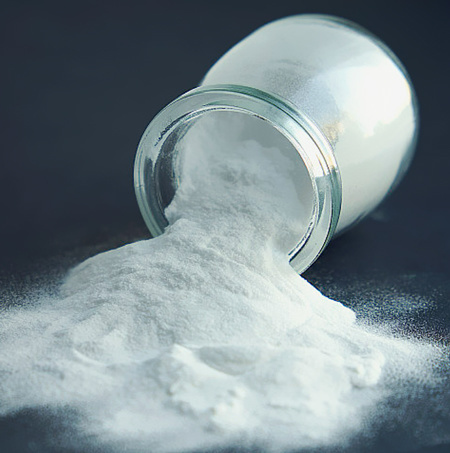Tablet binder material
In the rapidly evolving construction industry, the use of innovative materials is crucial for improving efficiency and sustainability. Among these, tablet binder materials have gained significant attention. These additives serve as essential components in construction adhesives, enhancing the overall performance of various building applications. As we delve deeper into this topic, we'll explore the myriad benefits of tablet binder materials, their applications, and their potential to reshape the future of construction.
Tablet binder materials are specialized substances that are used to bind together various construction materials, such as concrete, bricks, and tiles. Typically composed of synthetic or natural polymers, these binders facilitate adhesion by forming a strong bond when applied as a paste or slurry. They are an essential element in producing high-quality adhesives, ensuring that construction projects meet stringent durability and safety standards.

Tablet binder materials offer numerous advantages that contribute to their rising popularity in the construction sector. Understanding these benefits can help builders and architects make informed decisions
One of the standout features of tablet binder materials is their remarkable durability. These binders are engineered to withstand various environmental factors, including moisture, temperature fluctuations, and physical wear. This durability translates into stronger, longer-lasting constructions, reducing the frequency of repairs and maintenance.
As sustainability becomes a focal point in construction, tablet binder materials shine due to their favorable environmental impact. Many modern binders are formulated with eco-friendly components that reduce overall emissions and enhance recyclability. By opting for these materials, construction projects can lower their carbon footprint and contribute to greener building practices.
The cost implications of using tablet binder materials are significant. Their strength and durability often lead to lower overall project costs. Construction projects that employ tablet binders may require fewer materials due to the enhanced bonding capabilities. Additionally, reduced maintenance needs further bolster the cost-effectiveness of using these materials in construction.
Tablet binder materials find diverse applications across various sectors of construction. Their versatility makes them suitable for different types of projects, each benefiting from their unique properties.
In residential construction, tablet binder materials are commonly used in adhesives for tiles, drywall, and flooring. Their ability to create a robust bond ensures that installations are not only aesthetically pleasing but also structurally sound. Homeowners benefit from the longevity and durability of these materials, making them a popular choice for contractors.
Commercial buildings demand high-performance adhesives that can withstand heavy use and environmental stressors. Tablet binder materials offer the necessary strength and resilience for applications such as curtain walls, facades, and flooring in high-traffic areas. Contractors appreciate their reliability in delivering robust commercial spaces.
Infrastructure projects, including bridges and roadways, rely on powerful adhesive solutions to ensure safety and longevity. Tablet binder materials provide the necessary adhesion and strength to withstand the rigors of heavy loads and varying weather conditions. As such, they are integral to the integrity of critical infrastructure.
The construction industry is continuously evolving, and with advancements in technology, tablet binder materials are expected to play an increasingly important role. Future developments may include the incorporation of smart materials that can respond to environmental changes or self-healing binders that enhance longevity. As research progresses, the potential for tablet binders to further improve construction practices is vast.
In conclusion, tablet binder materials represent a significant advancement in the construction industry. Their numerous benefits, including durability, environmental sustainability, and cost-effectiveness, make them an essential component in modern building practices. As we look to the future, the role of these innovative materials is likely to expand, offering even more advantages for construction projects of all sizes. By embracing tablet binder materials, builders and contractors can ensure that their projects not only meet but exceed current standards for quality and performance.
Related News

